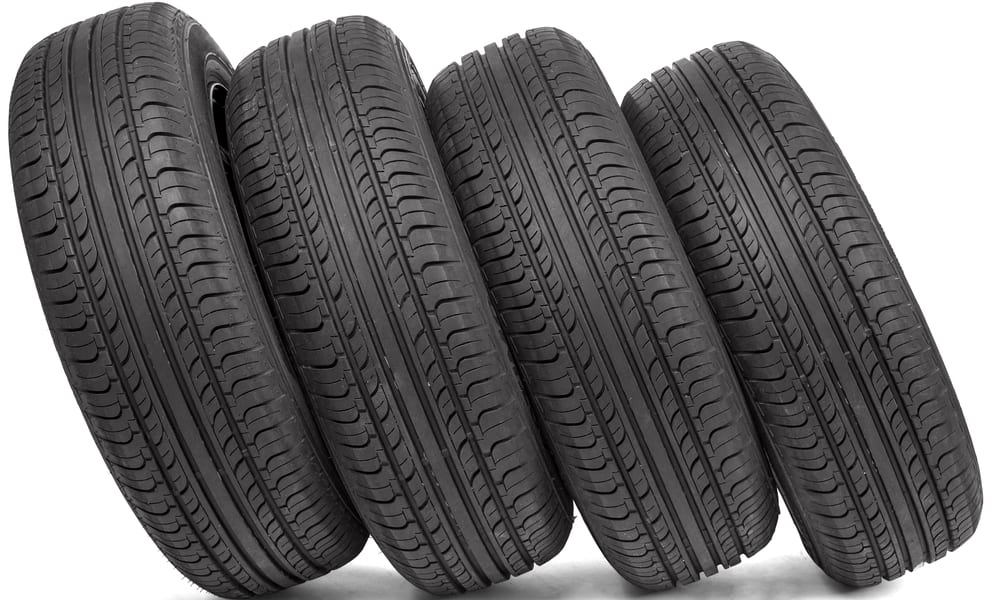Monthly Tire Payment Plans in Australia: What to Consider
Acquiring new tires can be a significant expense, leading many to consider pay monthly options. In Australia, various financing plans exist that allow for manageable monthly payments, alleviating the burden of upfront costs. It is essential to understand the terms and conditions of these plans, including interest rates and repayment schedules, to make informed decisions that align with individual budgets and needs.

When your vehicle needs new tires, the cost can sometimes catch you off guard. Whether it’s due to wear and tear, damage, or seasonal requirements, replacing tires is a necessary investment in your safety and vehicle performance. For many Australian drivers, monthly payment plans present an attractive alternative to paying the full amount upfront. These financing arrangements allow you to acquire quality tires immediately while managing the expense through manageable installments. However, before signing up for any payment plan, it’s crucial to understand what these arrangements entail and how they might affect your overall financial situation.
Understanding the Financial Aspects of Monthly Tire Payments
Monthly tire payment plans typically operate through financing agreements offered by tire retailers, automotive service centers, or third-party finance providers. These arrangements allow you to purchase tires and pay for them over a set period, usually ranging from three to 24 months. The structure of these plans can vary significantly depending on the provider. Some offer interest-free periods if you pay off the balance within a specific timeframe, while others charge interest from the outset. Understanding the annual percentage rate, any establishment fees, and the total amount you’ll pay over the life of the agreement is fundamental. Many plans also require a credit check, and your approval and interest rate may depend on your credit history. It’s important to read the fine print carefully, as some agreements include penalties for late payments or early repayment fees that could increase the overall cost.
Key Considerations When Financing Tire Purchases
Before committing to a monthly payment plan for tires, several factors deserve careful consideration. First, assess your budget realistically to ensure you can comfortably afford the monthly installments without compromising other financial obligations. Missing payments can result in additional fees, damage to your credit score, and potential legal action in severe cases. Second, compare the total cost of financing versus paying upfront. While spreading payments may seem convenient, interest charges can significantly increase the overall expense. Third, understand the terms and conditions thoroughly, including what happens if you want to pay off the balance early or if you encounter financial difficulties. Some providers offer hardship provisions, while others remain inflexible. Fourth, consider the quality and warranty of the tires you’re purchasing. Financing low-quality tires that wear out quickly may leave you needing replacements sooner than expected, potentially trapping you in a cycle of debt. Finally, check whether the payment plan is secured or unsecured, as secured loans may put your vehicle or other assets at risk if you default.
Navigating Options for Monthly Tire Payment Plans in Australia
Australian consumers have several avenues for accessing monthly tire payment plans. Major tire retailers and automotive service chains often partner with finance companies to offer in-house payment options. These arrangements can be convenient, as you can arrange financing at the point of purchase. Alternatively, buy now, pay later services have expanded into automotive products, allowing you to split purchases into installments without traditional credit checks. However, these services typically have shorter repayment periods and may charge late fees. Credit cards with interest-free promotional periods represent another option, though you’ll need to ensure you can pay off the balance before interest kicks in. Some consumers also turn to personal loans from banks or credit unions, which may offer lower interest rates than retailer financing, especially for those with good credit. When evaluating options, compare interest rates, fees, repayment terms, and flexibility. Don’t hesitate to negotiate or ask questions, as understanding your obligations fully is essential before proceeding.
| Provider Type | Typical Repayment Period | Cost Estimation | Key Features |
|---|---|---|---|
| Major Tire Retailers | 6-24 months | $400-$1,200 total (including interest) | Interest-free periods available, credit check required |
| Buy Now Pay Later Services | 6-12 weeks | $400-$1,000 (minimal to no interest if paid on time) | No credit check, late fees apply |
| Credit Cards | Flexible | $400-$1,200+ (depends on interest rate) | Interest-free promotional periods, requires good credit |
| Personal Loans | 12-36 months | $450-$1,300 total (including interest) | Lower interest rates for good credit, separate application |
Prices, rates, or cost estimates mentioned in this article are based on the latest available information but may change over time. Independent research is advised before making financial decisions.
Evaluating the True Cost of Financing
When considering a monthly payment plan for tires, calculating the true cost is essential. Start by determining the cash price of the tires you need. Then, review the financing terms to understand the total amount you’ll pay over the life of the agreement. For example, if a set of tires costs $800 upfront but financing over 12 months at 15% interest brings the total to $960, you’re paying an additional $160 for the convenience of spreading payments. While this might be manageable, it’s worth considering whether saving that $160 could be better spent elsewhere. Additionally, factor in any establishment fees, account-keeping fees, or other charges that may apply. Some providers advertise low or zero interest rates but compensate with higher upfront fees. Creating a simple spreadsheet comparing different financing options can help you visualize the true cost and make an informed decision.
Making an Informed Decision
Ultimately, monthly tire payment plans can be a useful tool for managing unexpected expenses or budgeting for necessary vehicle maintenance. However, they’re not suitable for everyone, and careful consideration is required. If you have the means to pay upfront, this is generally the most cost-effective option. If financing is necessary, shop around for the best terms, read all documentation carefully, and ensure you understand your obligations. Consider your overall financial situation, including existing debts and upcoming expenses, before committing. Remember that while convenient, financing should be used responsibly to avoid accumulating unnecessary debt. By taking the time to understand the financial aspects, key considerations, and available options, you can navigate monthly tire payment plans in Australia with confidence and make choices that support both your safety on the road and your long-term financial wellbeing.




